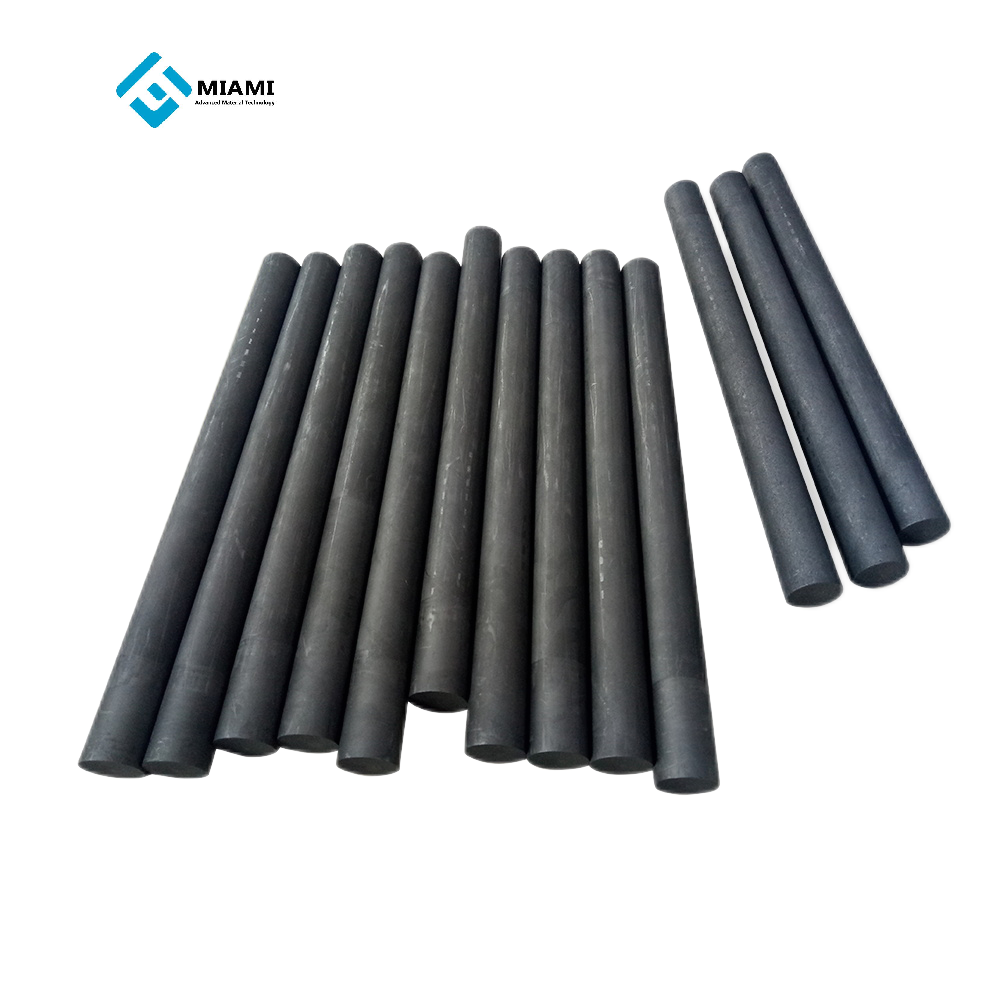
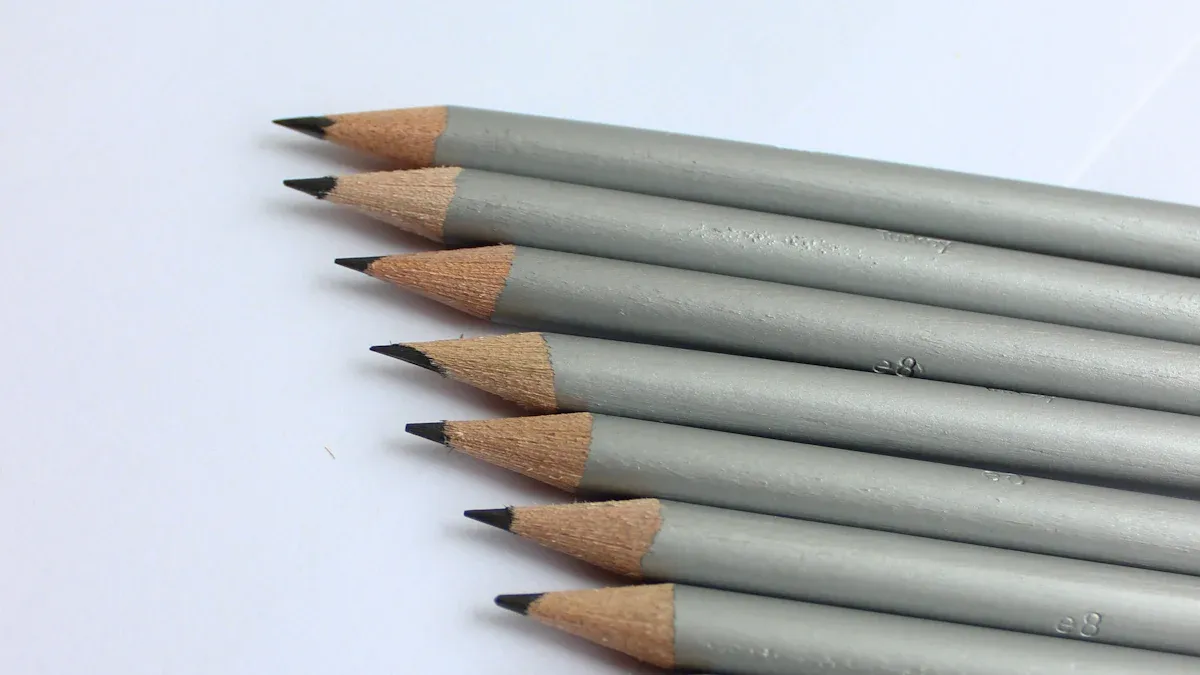
Precision machining requires materials that consistently perform under extreme conditions. Choosing the right Graphite Rod&Tube or Graphite Rods & Tubes is essential for achieving optimal efficiency and cost-effectiveness. Key metrics demonstrate this impact: higher material removal rates enhance productivity, while reduced electrode wear minimizes expenses. Additionally, the use of Graphite Ring, Graphite Felt, and Graphite Block contributes to superior surface quality and detailed cost analysis, emphasizing the critical role of material selection.
Key Takeaways
- Picking the right graphite type is very important. It impacts how well it works, its price, and efficiency. Know your needs to choose the best type.
- Trustworthy suppliers give steady quality. Check their reviews and ask for proof of material quality. Good supplier connections prevent delivery problems.
- Taking care of graphite makes it last longer. Keep it clean and store it safely to avoid harm. Check it often to spot damage early.
Key Properties of Graphite Rod&Tube
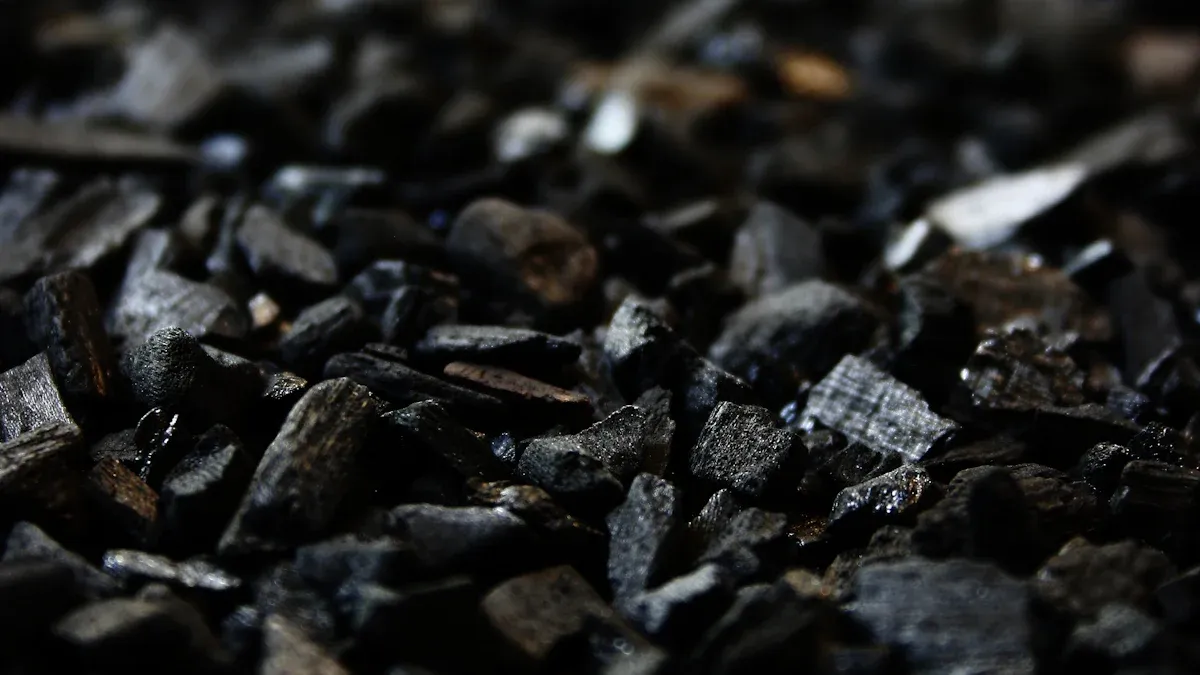
Thermal Conductivity and Heat Resistance
Graphite Rod&Tube materials excel in thermal conductivity, with values ranging from 25 to 470 W/m.K. This property ensures efficient heat dissipation, making them ideal for high-temperature applications. Their exceptional heat resistance allows them to maintain structural integrity even under extreme thermal stress. These characteristics make graphite a preferred choice for industries requiring precision machining in demanding environments.
Durability and Strength
The durability of Graphite Rod&Tube depends on factors like flexural strength and particle size. High-quality graphite exhibits flexural strength exceeding 13,000 psi, ensuring reliability in precision machining. Fine particle sizes, ranging from 1 to 10 microns, enhance the material’s structural consistency. Additionally, the Shore hardness of graphite impacts its machinability, with higher values necessitating slower machining speeds. These attributes confirm graphite’s ability to withstand mechanical stress while maintaining performance.
Machinability and Precision
Graphite Rod&Tube offers excellent machinability due to its fine grain structure and high density. These properties enable tight tolerances, which are critical for precision machining. Advanced techniques, such as Electrical Discharge Machining (EDM) and the use of diamond-coated tools, further enhance machining accuracy. Companies specializing in graphite materials prioritize quality control to meet stringent industry standards, ensuring consistent results.
Chemical Resistance and Stability
Graphite demonstrates remarkable chemical resistance, particularly against acids and alkalis, which extends its service life in harsh environments. Isomolded graphite, in particular, withstands corrosive substances effectively, making it suitable for challenging applications. However, it is essential to avoid exposure to oxidizing agents and halogenated solvents, as these can compromise its stability. Proper storage conditions further enhance its chemical resilience, ensuring long-term reliability.
Graphite Grades and Their Applications
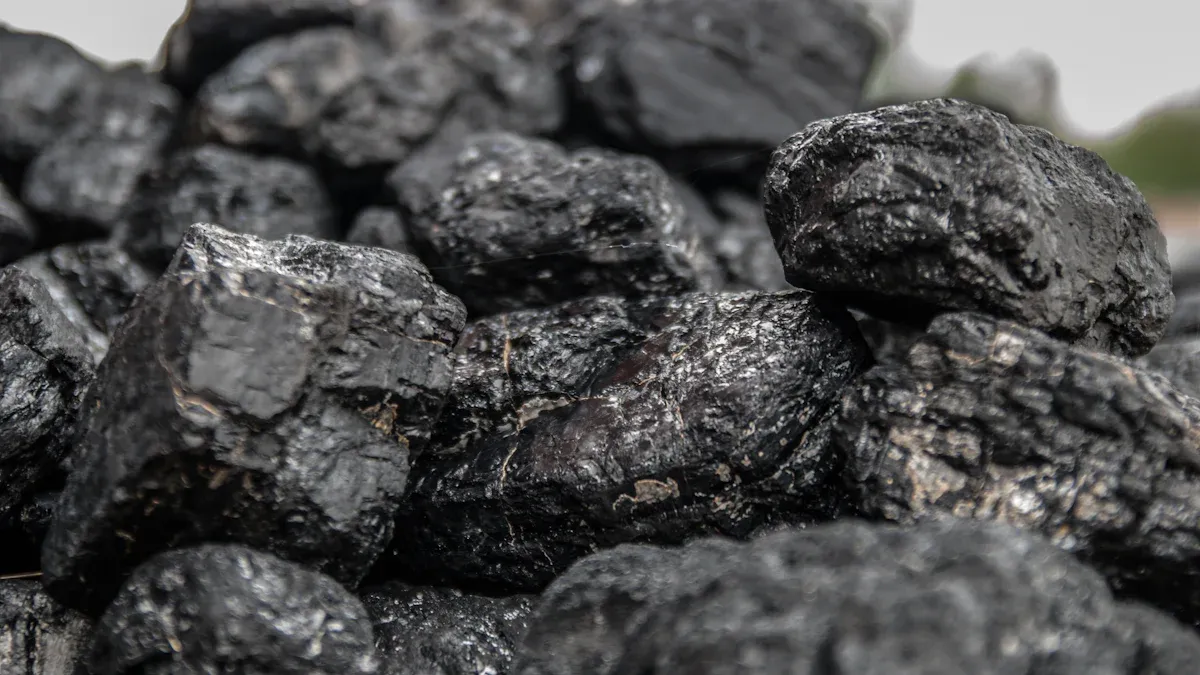
Common Grades of Graphite
Graphite grades are categorized based on their average particle size, which directly influences their physical properties and application performance. These grades fall into five primary categories:
- Coarse Grades: Feature larger particle sizes, offering cost-efficiency for less demanding applications.
- Medium Grades: Provide a balance between cost and performance, suitable for general machining tasks.
- Fine Grades: Deliver improved surface finishes and reduced wear, ideal for precision machining.
- Superfine Grades: Designed for intricate detailing, ensuring high accuracy in applications like EDM.
- Ultra-Fine Grades: Offer the highest level of precision, often used in advanced industries requiring exceptional detail.
Each grade exhibits unique characteristics, such as flexural strength exceeding 10,000 psi and compressive strength above 15,000 psi. A consistent microstructure with uniform grain and pore size enhances performance, resulting in better surface finishes and reduced tool wear.
Applications of Graphite Rod&Tube in Precision Machining
Graphite Rod&Tube plays a vital role in various precision machining applications. Its thermal stability and machinability make it indispensable in industries like aerospace, automotive, and electronics. For instance, fine and superfine grades are commonly used in EDM electrodes, where tight tolerances and smooth finishes are critical. Additionally, graphite’s chemical resistance allows it to perform reliably in corrosive environments, such as in the production of molds for chemical processing equipment.
Choosing the Right Grade for Your Needs
Selecting the appropriate graphite grade depends on specific machining requirements. The table below outlines key criteria to consider:
| Criteria | Details |
|---|---|
| Particle Size | Roughing: 8-10 microns; Finishing: 5-8 microns; Fine detailing: 3-5 microns; Ultra-fine: 1-3 microns. |
| Flexural Strength | Should be above 13,000 psi for durability in machining deep, thin ribs. |
| Shore Hardness | Higher hardness can lead to clogging and increased machining time; avoid deflection at high values. |
| Microstructure | A uniform microstructure is essential to prevent uneven surface finishes and tool deflection. |
By aligning these criteria with project demands, buyers can ensure optimal performance and cost-efficiency. For example, ultra-fine grades are ideal for intricate detailing, while medium grades suffice for general machining tasks.
How to Select a Reliable Supplier
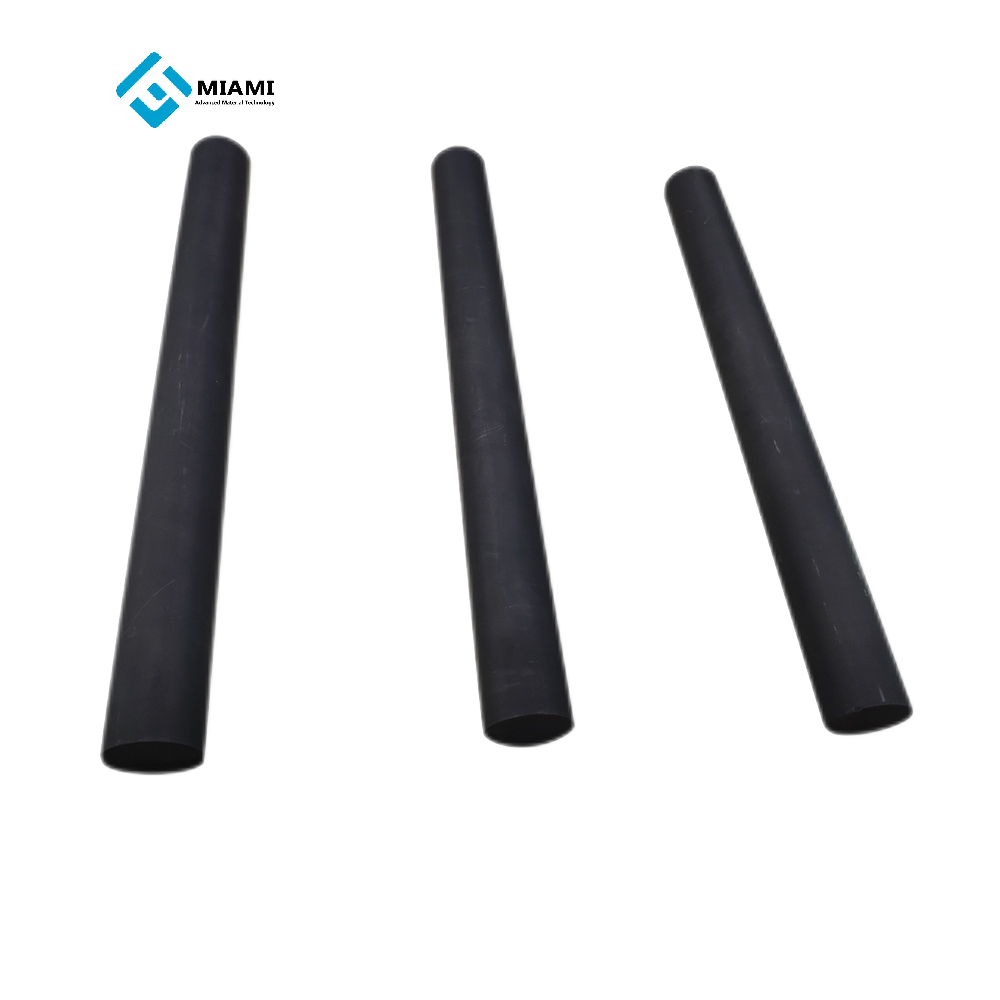
Evaluating Supplier Reputation
A supplier’s reputation reflects their reliability and commitment to quality. Buyers should research customer reviews, case studies, and testimonials to assess past performance. Companies with a proven track record in delivering high-quality graphite materials, such as Graphite Rod&Tube, often demonstrate consistency in meeting industry standards. The electric vehicle (EV) industry, for example, relies heavily on graphite for battery production. With China controlling a significant portion of the global supply, strong supplier relationships help mitigate risks of supply chain disruptions. Evaluating a supplier’s ability to maintain consistent material performance ensures uninterrupted production and market competitiveness.
Quality Assurance and Testing
Reliable suppliers prioritize quality assurance through rigorous testing protocols. These tests verify material properties, such as thermal conductivity, flexural strength, and chemical resistance. Suppliers often provide a ‘certification of grade’ upon request, ensuring buyers receive materials that meet their specifications. For industries like nuclear energy, suppliers must adhere to strict testing standards to guarantee performance. Buyers should request detailed test results to confirm compliance with quality requirements and ensure the materials meet their application needs.
Certifications and Documentation
Certifications validate a supplier’s adherence to industry standards and quality control processes. Buyers should look for suppliers who maintain certifications that demonstrate their commitment to excellence. The table below highlights key certifications and their significance:
| Quality Control Test Results and Certifications | Description |
|---|---|
| Compliance with specifications and quality requirements | Suppliers demonstrate adherence to specific standards set by buyers. |
| Industry standard certifications | Suppliers maintain certifications that validate their testing and auditing processes. |
| Commitment to process performance | Suppliers show dedication to continuous improvement in their processes. |
These certifications provide assurance that the supplier follows best practices and delivers consistent, high-quality materials.
Avoiding Substitutions
Substitutions can compromise the performance and longevity of graphite materials. Buyers should verify the authenticity of materials by cross-checking certifications and conducting independent tests if necessary. Establishing clear agreements with suppliers regarding material specifications reduces the risk of receiving substandard products. Long-term contracts with trusted suppliers further ensure consistency and prevent unexpected substitutions.
Practical Buying Tips for Graphite Rod&Tube
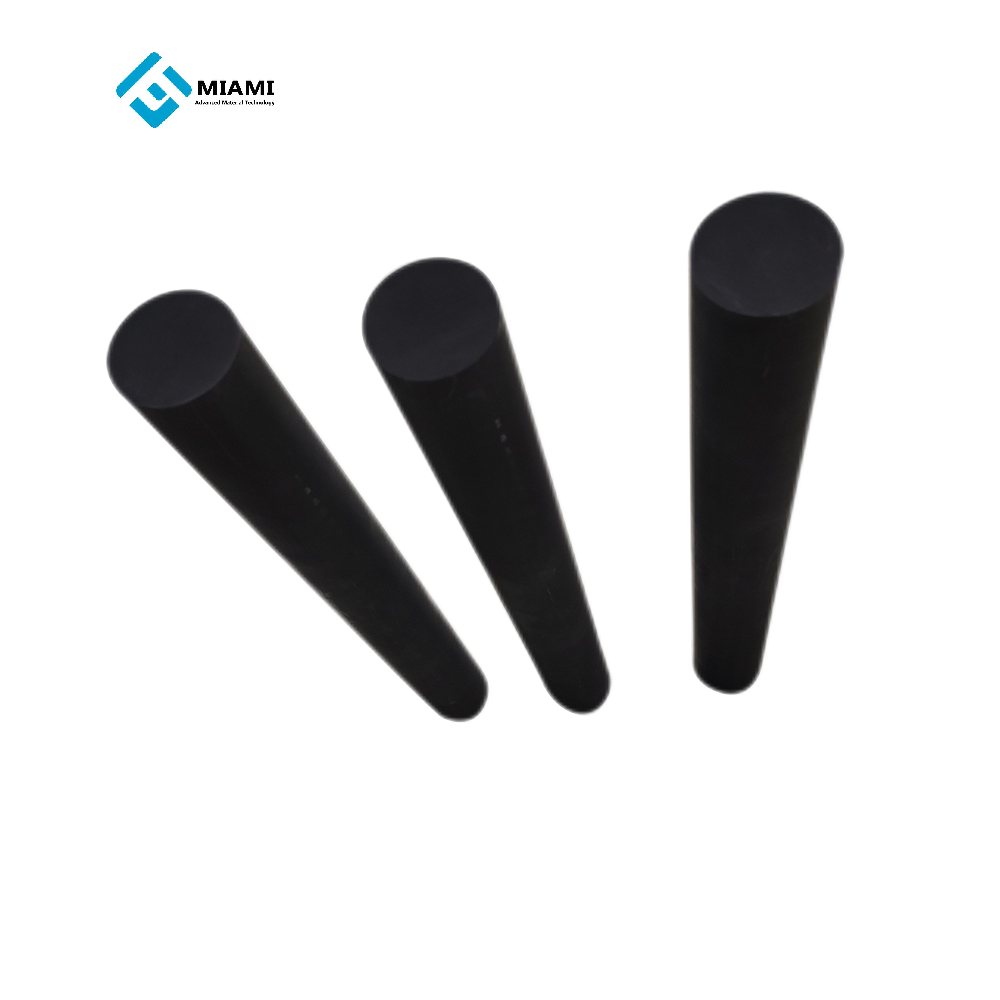
Specifying the Correct Grade and Dimensions
Selecting the right grade and dimensions for Graphite Rod&Tube is crucial for achieving optimal performance. Buyers should follow these best practices:
- Identify the material grade that aligns with the application’s requirements. Understand the reasons behind the choice to ensure suitability.
- Clearly specify the exact grade in purchase orders and include a “no substitution” clause to avoid receiving alternative materials.
- Scrutinize order confirmations for terms like “like,” “equivalent,” or “type,” which may indicate potential substitutions.
- Research supplier reputations and seek recommendations from industry peers to ensure reliability.
These steps help buyers secure materials that meet their specifications, reducing the risk of performance issues.
Verifying Material Authenticity
Authenticity verification ensures the quality and reliability of graphite materials. Buyers should rely on established testing protocols, such as ASTM C781-20, which evaluates graphite for gas-cooled nuclear reactor components. The table below highlights key aspects of this standard:
| Aspect | Description |
|---|---|
| Standard | ASTM C781-20 |
| Application | Testing graphite for nuclear reactor components |
| Importance | Provides data for research, design, and compliance |
| Testing Conditions | Emphasizes controlled conditions for non-irradiated specimens |
| Considerations | Accounts for effects of irradiation and annealing on material properties |
| Scope | Covers components like fuel elements and neutron shield materials |
Adhering to such standards ensures buyers receive materials that meet stringent industry requirements.
Negotiating Pricing and Delivery
Effective negotiation strategies can significantly impact cost-efficiency and supply chain stability. Buyers can adopt the following approaches:
- Secure long-term contracts, spanning five years or more, to lock in pricing and volume.
- Source materials from countries like Mexico, Canada, or India to reduce reliance on dominant suppliers.
- Explore graphite recycling options to minimize dependence on new sources.
- Leverage AI and data analytics for improved supply chain management.
- Build strong supplier relationships to gain priority access and foster collaboration.
These strategies help buyers navigate market volatility and ensure timely delivery of materials.
Partnering with Ningbo VET Energy Technology Co.
Ningbo VET Energy Technology Co. stands out as a trusted supplier of high-quality graphite products. The company’s expertise in producing Graphite Rod&Tube ensures consistent performance across various applications. Buyers benefit from their commitment to rigorous quality control and adherence to industry standards. Partnering with a reliable supplier like Ningbo VET Energy Technology Co. guarantees access to premium materials, enhancing both productivity and cost-efficiency.
Maintenance and Care for Graphite Rod&Tube
Cleaning and Handling Guidelines
Proper cleaning and handling are essential to maintain the quality and performance of Graphite Rod&Tube. After each use, wiping the rod with a soft, damp cloth removes dirt and debris effectively. Avoid using dry coolants during cleaning, as they can degrade the material’s quality. Advanced machining techniques, such as Electrical Discharge Machining (EDM) and Chemical Vapor Deposition (CVD) diamond film inserts, enhance the durability and precision of graphite components. During machining, high air velocity dust collectors should be employed to manage fine graphite particles. Standard shop vacuums are insufficient; instead, portable vacuum systems equipped with HEPA filters ensure compliance with efficiency standards.
Proper Storage to Prevent Damage
Storing graphite materials in a controlled environment prevents damage and extends their lifespan. A cool, dry area is ideal for storage, with materials kept in sealed containers to protect them from moisture and strong oxidizers. Adequate ventilation is necessary to prevent dust accumulation, which can pose safety risks. Dust control systems with explosion relief vents are recommended for oxygen-deficient environments. Additionally, avoid direct sunlight and extreme temperatures, as these conditions can compromise the structural integrity of graphite.
Monitoring Wear and Tear
Regular monitoring of wear and tear ensures the continued performance of graphite components. Inspect the surface for signs of erosion, cracks, or uneven wear. Synthetic graphite, being electrically conductive, requires careful handling to avoid equipment malfunctions. Graphite mixed with metals like copper or tungsten may demand additional precautions during inspection. Establishing a routine maintenance schedule helps identify potential issues early, reducing downtime and repair costs.
Replacement and Refurbishment Tips
When replacement becomes necessary, selecting high-quality graphite materials ensures consistent performance. Refurbishment can extend the life of certain components, provided the damage is minimal. Lubricating ferrules regularly promotes smooth operation and reduces wear. Partnering with a reliable supplier guarantees access to premium materials and expert advice on refurbishment options. Proper care and timely replacement maximize the efficiency and longevity of Graphite Rod&Tube in precision machining applications.
Understanding the properties and grades of graphite ensures optimal performance in precision machining. Reliable suppliers provide consistent quality, reducing risks and enhancing efficiency. Proper maintenance, such as cleaning and storage, extends the lifespan of Graphite Rod&Tube, minimizing replacement costs. Trusted brands like Ningbo VET Energy Technology Co. offer high-quality solutions tailored to industry needs.
The table below summarizes the benefits of aligning material properties, supplier reliability, and maintenance practices with specific applications:
| Application Area | Benefits | Key Properties |
|---|---|---|
| Friction Materials | Reduced wear, longevity of brake linings, even material distribution | High thermal resistance and conductivity |
| Metallurgical Applications | Ideal for casting non-ferrous metals, even heat distribution | High temperature resistance |
| Aerospace and Industrial | Lightweight, durable, withstands harsh conditions | Thermal conductivity, chemical resistance |
| Electrical Devices | Integral for current transfer, self-lubricating bearings | Exceptional thermal and electrical conductivity |
| Ceramic and Glass Cutting | Precision and efficiency in machining, advancements in tool creation | High-temperature resistance |
Making informed decisions about materials and suppliers ensures long-term success in demanding industries.
FAQ
What are the key factors to consider when purchasing Graphite Rod&Tube?
Buyers should evaluate material grade, dimensions, supplier reputation, and certifications. These factors ensure compatibility with application requirements and long-term performance.
How can buyers verify the authenticity of graphite materials?
Request certifications, review testing reports, and conduct independent tests. These steps confirm material quality and compliance with industry standards.
Why is proper storage important for Graphite Rod&Tube?
Controlled storage prevents moisture absorption, oxidation, and structural damage. This practice extends the lifespan and maintains the material’s performance in precision machining applications.






